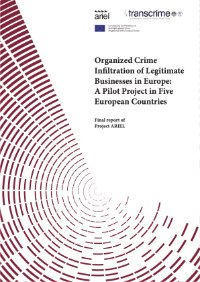By Alex Severson, Paul Guerin, Reanna Sanchez, Cris Moore,
This study validates two risk assessments designed to predict inmate misconduct in New Mexico prisons. Using a six-year admission cohort of inmates admitted to New Mexico prisons between 2015 and 2021 (n = 34,2467 unique classification events), we paired focus groups with New Mexico Corrections Department classification staff and observations of the classification process with logistic regression, count models, and random forest models to assess the predictive validity of the New Mexico Corrections Department (NMCD)’s initial and reclassification tools for general and serious, violent misconduct within six months following classification. Results from focus groups and observations highlighted that the NMCD had the essential components of an objective classification system. Our empirical validation found that the reclassification tool was more predictive of misconduct than the initial classification tool for both male and female inmates and generally had good classification performance, though there were limitations with the metric we used for evaluating predictive validity. We also recommended that some factors on the classification tools should be rescored based on their predictive relationship with serious violent misconduct and proposed an updated scoring system based on these relationships (i.e., increasing points for factors which were more predictive of violent misconduct). We also evaluated the relationship between overrides, custody levels, and misconduct.
Albuquerque: University of New Mexico, Center for Applied Research & Analysis, 2024. 70p.
















